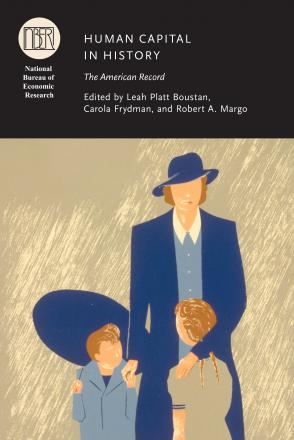Cohabitation and the Uneven Retreat from Marriage in the United States, 1950–2010

Since 1950 the sources of the gains from marriage have changed radically. As the educational attainment of women overtook and surpassed that of men and the ratio of men's to women's wage rates fell, traditional patterns of gender specialization in work weakened. The primary source of the gains to marriage shifted from the production of household services and commodities to investment in children. For some, these changes meant that marriage was no longer worth the costs of limited independence and potential mismatch. Cohabitation became an acceptable living arrangement for all groups, but cohabitation serves different functions among different groups. The poor and less educated are much more likely to rear children in cohabitating relationships. The college educated typically cohabit before marriage, but they marry before conceiving children and their marriages are relatively stable. We argue that different patterns of childrearing are the key to understanding class differences in marriage and parenthood, not an unintended by-product of it. Marriage is the commitment mechanism that supports high levels of investment in children and is hence more valuable for parents adopting a high-investment strategy for their children.


